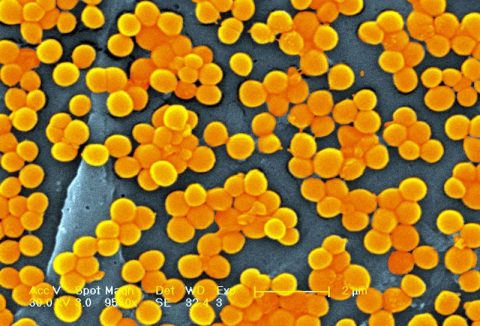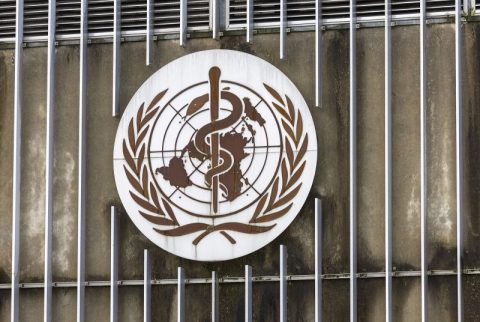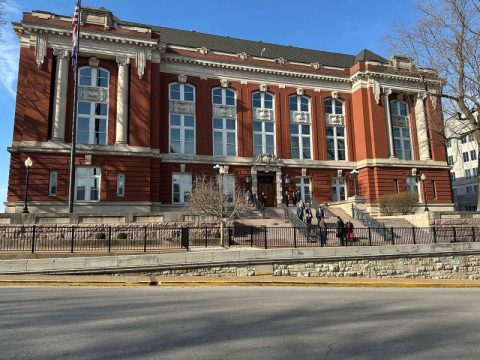This year’s flu season is on track to be the worst it’s been since before the Covid-19 pandemic, as respiratory illnesses surge to a second peak. There have already been at least 24 million illnesses, 310,000 hospitalizations, and 13,000 deaths from flu, the US Centers for Disease Control and Prevention estimates. The cumulative hospitalization rate – about 64 stays for every 100,000 people, as of February 1 – is the highest it’s been at this point in the season for the past seven years. Flu activity is high or very high in all but six states.
But there are some new tools available this respiratory virus season: over-the-counter tests that can identify whether your illness is caused by Covid-19 or influenza.






